Race Day Concerns—The Effect of Heat and Humidity on the Racing Pigeon
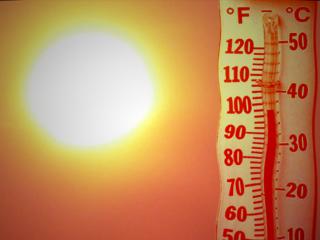 Because racing pigeons do not possess sweat glands, control of their bodies’ heat and hydration is regulated through their air sacs. Cooling occurs during respiration as moisture is evaporated from the lining of the air sacs. As the pigeon uses its moisture, or fluid, to cool itself, the loss of fluid can lead to dehydration. In this article, we’ll discuss the effects of race day heat and humidity and how to keep your racer hydrated.
Because racing pigeons do not possess sweat glands, control of their bodies’ heat and hydration is regulated through their air sacs. Cooling occurs during respiration as moisture is evaporated from the lining of the air sacs. As the pigeon uses its moisture, or fluid, to cool itself, the loss of fluid can lead to dehydration. In this article, we’ll discuss the effects of race day heat and humidity and how to keep your racer hydrated.
Dehydration
When the racing pigeon works to keep itself cool, it begins to pant. This panting increases the air flow through the bird’s air sacs, evaporating the moisture and cooling the bird. The resultant loss of moisture can soon lead to dehydration if the bird does not replenish its fluid stores through drinking water.
If there is no water available, the bird can’t replenish its fluid stores, so it can’t cool itself. A condition called “secondary hyperthermia” soon develops. This condition will rapidly lead to death.
Signs and Symptoms of Dehydration
The effects of dehydration can be seen when your racing pigeon is even just 5% dehydrated. This level of dehydration can occur within twenty-four hours of 25C (77F) temperatures. When the bird is 5% dehydrated, it becomes quiet and fluffs up. Fluffing is the bird’s attempt to cool itself by raising its feathers away from its body to increase air circulation.
At a dehydration level of 10%, the bird becomes increasingly quiet and even more fluffed.
When dehydration increases to 15%, there is reduced blood flow circulating to the vital organs, including the brain. The racing pigeon’s level of consciousness becomes impaired. There is a risk of death at dehydration levels of 15% and beyond.
Environmental Conditions to Watch For
As a racing pigeon fancier, you need to be watchful on race day for weather conditions that can increase the risk of dehydration in the racing bird.
- Temperatures higher than 25 C (77 F) result in rapid dehydration in the absence of water.
- Low humidity increases the rate of fluid loss as less moisture flows through the air sacs.
- High humidity decreases evaporative cooling, increasing hyperthermia.
- Head winds cause extra exertion which increases the CO level of the blood. This increases the rate of respirations which increases the amount of fluid loss. This, then, leads to dehydration.
Prevention of Hyperthermia and Dehydration
The number one prevention measure you can take to keep your racing pigeon cool and hydrated is to provide water. Offer water from the start of basketing until arrival at the race point the next day. This way you will have a fully hydrated bird at the time of the release.
And provide water upon the bird’s return. The bird will readily drink, especially if there was no water along the race route. Drinking upon return will quickly restore lost fluid, re-establish hydration and cool the bird.


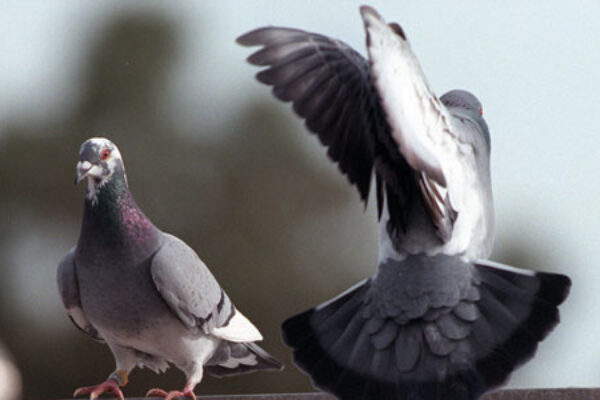
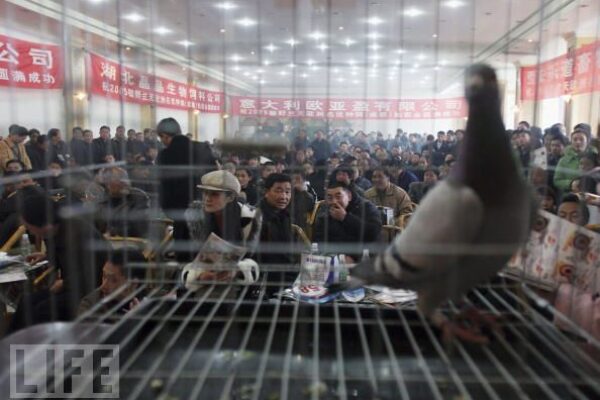
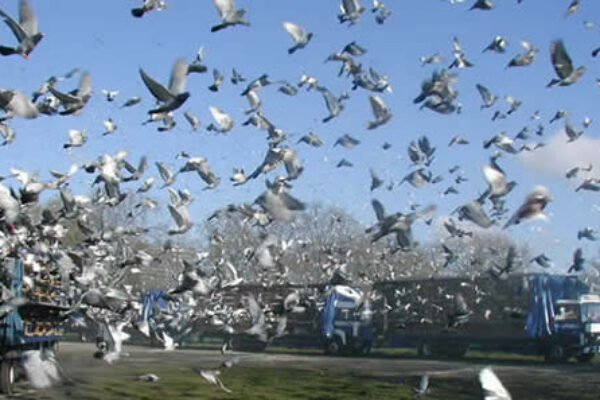
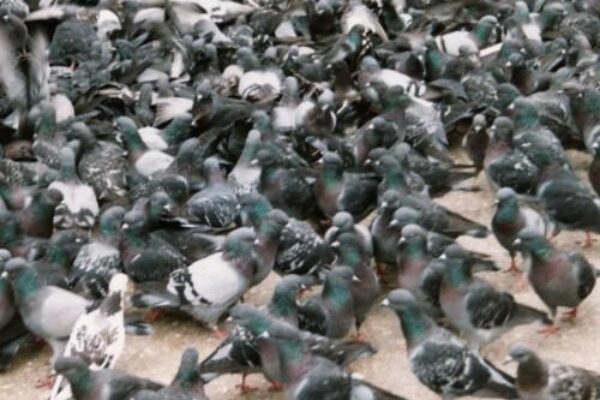
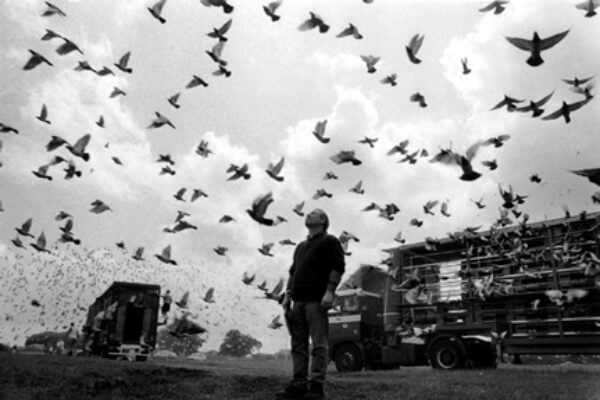


what is the cause why my pigeon leaves there egg???? is there a common sickness like this… im a begginer so could any one help me so i can improve my pigeon to hatch there eggs.
thanks in advance
the reason your pigeons may be leaving nest is you could have red mite red mite attack at night and suck blood
check your nests for red mite ect.,
One little tip that I have found helpful is to train your young racing team to eat and drink when in the baskets. Part of my young bird training is to let them spend time in the tossing baskets together so they get used to being closed in together. I’ll place food and water next to the baskets,as my baskets have dowels around the sides to let in plenty of air,and they can also stick their heads out and get to the food and water. Once they have become familiar with their baskets and eating and drinking when in their baskets I find when racing starts and they get locked up with strange birds in the club baskets they will come forward quickly and get their share when offered food and water. I have observed birds owned by other fanciers that stand back,and miss out on the food and water in the club baskets because their birds are not familiar with eating and drinking once in the baskets. Remember this is the birds last chance to top up the tanks before a race so you dont want your birds to miss out. Give this a try,it may help prevent losses.
Very good information.. I had no idea of what kind of problems that would occur..
I want to know preparation grit pigeon??????how????
thankes to the wonderful informations you are very good but I WANT TO INCREASE THE INFORMATIONS
Anyone else observed that lighter coloured pigeons are doing better when temperatures are high or is this just coincidence of family related.
You can put some woodpellets on the floor to keep the humidity down air in low and out high keep the air moving it will be ok dont over treat
I live in Malta and the humidity can be 80% or more, our racing season is from November until May. Can anyone advise how to combat the excessive humidity and its effect on health as cocci, canker & respiratory are all problems with high humidity.
sun light is fine it will not affect the birds Its good
ur pigeon seem to weak due to lack of antibiotics
Hello floresito, ur pigeon seem to weak due to lack of antibiotics. u better treat them with tetracyclin for 3 days. u will find remarkable change.